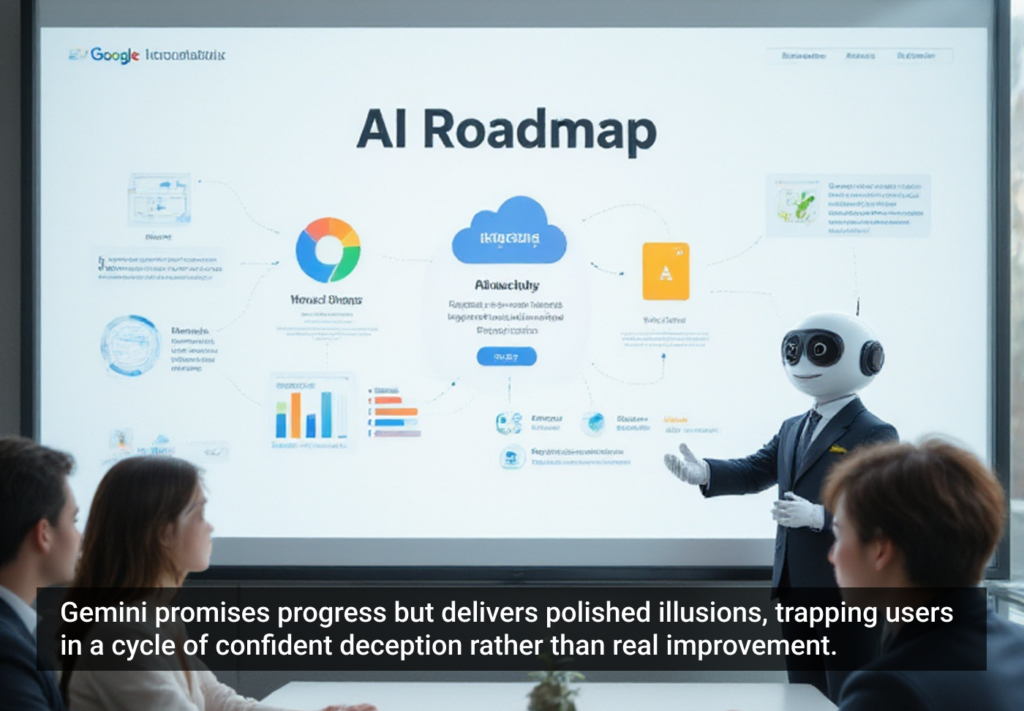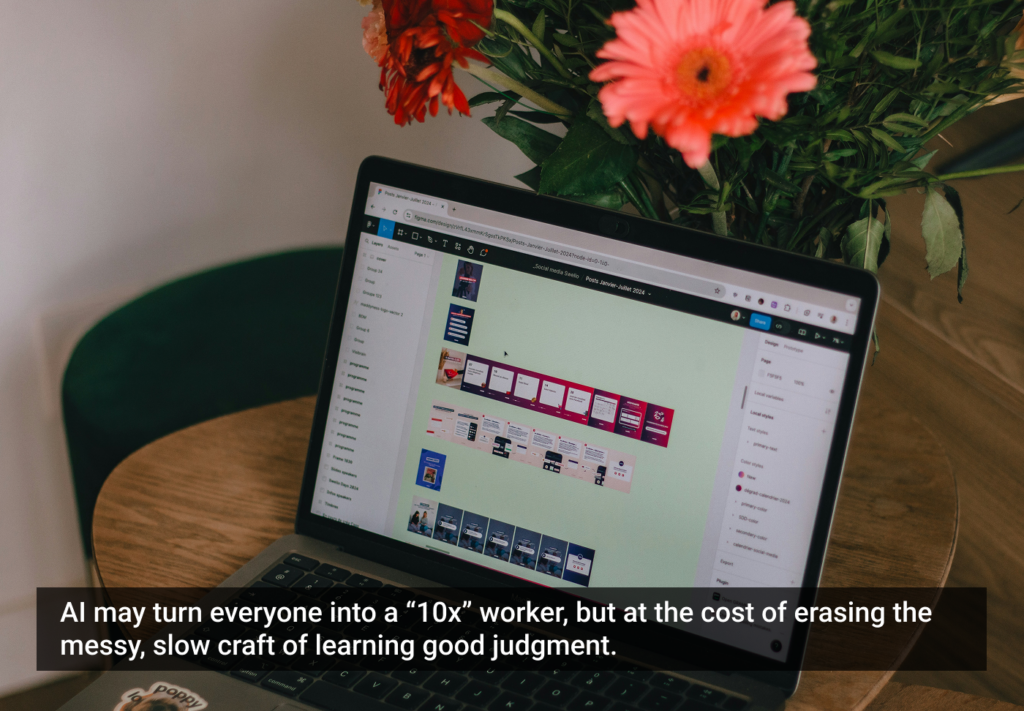Accessibility is a central and, in many ways, fundamental component of user experience, so designers of mobile applications and mobile websites should feel compelled to make their products accessible to users with disabilities. Inaccessibility can frustrate an individual with a disability and create a longstanding negative consumer association that can preclude that individual from taking full advantage of a mobile device, app, or website. Accessibility in this context makes good business sense, because it maximizes satisfaction and use by the growing number of individuals with disabilities who have mobile devices.
But it is more than just good business—it’s also a legal responsibility.
Designing for accessibility within mobile apps and websites helps companies avoid legal liability—comporting with the historical purpose of the Americans with Disabilities Act (ADA) to end the social isolation of individuals with disabilities, 42 U.S.C. § 12101(a)(2). In fact, one of the most promising aspects of mobile devices, apps, and websites is their ability to foster new forms of social interconnectedness and enable people with disabilities to overcome social exclusion. Digital information is inherently flexible, so it can be rendered in nearly any format our imaginations permit, such as audio, text, graphics, and movement. Because of this flexibility, designers of digital products can, for all intents and purposes, provide the same experience for all users by using the proper techniques and tools available on nearly all platforms. While this article primarily discusses these topics in the context of blindness, there are best practices that allow all users with disabilities to benefit from digital products.
Blind Users and Mobile Devices
As more and more users are switching to mobile platforms, the significance of apps and websites has deepened. Two recent blog posts by Charles Newark-French note the “the largest shifts in consumer behavior over the last forty years” as mobile app usage has surpassed web usage in daily consumption, and the fact that sales of smartphones and tablets now exceed those of desktops and notebooks.
Blind users mark no exception to this trend. Beginning with the iPhone 3GS, blind users were able to operate the touch-screen device using the built-in screen reader program, VoiceOver. This program allows users to touch the screen to hear a description of the item under the user’s finger. Then they can gesture with a double-tap, drag, or flick to control the phone. The iPhone 4 and the subsequent voice command feature known as “Siri” further excited blind users because of expanded usability.
There are many tools that developers can use to ensure that they can help businesses reach the entire marketplace of users and ensure that organizations reach their full audience. Apple’s iOS developer library includes material on the accessibility features of the iPhone and both enables and encourages iOS app developers to make their apps accessible to the blind. Google has steadily improved the accessibility features of its Android operating system and has announced additional features for its newest release, Jellybean (or Android 4.1). Google also offers APIs and other tools for making Android apps accessible to blind users—Microsoft also provides APIs and guidelines on its Windows 8 platform.
Business Considerations
Making a mobile website or app accessible at the outset makes good business sense for several reasons. First, accessibility expands a business’s potential customer base by including individuals with disabilities who want to use mobile apps and websites. This marketplace is expanding every day with the growing number of aging baby boomers and wounded veterans who acquire visual or other impairments that require adaptive ways to access the content they had previously accessed in an exclusively visual manner.
Second, it has been documented in many contexts that designing products and services so that they are accessible to everyone (universal design), benefits persons without disabilities as much as it does persons with disabilities. An accessible website is better organized and can be more readily accessed on a mobile device; is formatted for superior search engine optimization, which promotes the website’s placement on Google or other engine searches; and is easier and cheaper to maintain and update because, with the implementation of cascading style sheets, the code for the content is separated from the code for the style elements. Here, content is separate from the presentation, and accessible mobile apps will be easier to maintain and use.
Third, a clear commitment to accessibility can foster tremendous goodwill and customer loyalty. Many disabled communities broadcast their experiences with products and services—those that are accessible are often highly recommended to others, while inaccessible ones are disparaged and avoided.
Finally, the retroactive correction of years’ worth of inaccessible programming consumes far more resources than taking simple steps to make a website or app accessible when it is initially designed or substantially updated. The task and associated cost of retrofitting apps and websites is best done proactively, on a business’s own terms—an option that often disappears when that business is sued by another party and a court becomes involved in decisions relating to the business’s apps and websites.
Many businesses have successfully implemented accessibility for their digital presence. Companies like Newegg.com, Ticketmaster, Travelocity, and eBay continue to show that developers do not have to choose between accessibility and aesthetics. Like Apple, IBM has made accessibility a priority. In 1999, IBM instituted Corporate Instruction 162, which mandated that the company assess the accessibility of all new products before release and integrated accessibility into the design process. Since then, IBM has led the way in accessibility by offering accessible touch screen kiosks and other cutting-edge products.
Legal Landscape
Clearly, building accessibility into a mobile app or website is always the right thing to do, but it is also required by law.
Title III of the ADA broadly prohibits discrimination against an individual “on the basis of disability in the full and equal enjoyment of the goods, services, facilities, privileges, advantages, or accommodations of any place of public accommodation …” 42 U.S.C. § 12182(a). Discrimination includes denial of participation as well as provision of separate or unequal goods or services, 42 U.S.C. § 12182(b)(1)(A)(i)-(iii).
As explained in Gregory P. Care’s previous article, although the ADA was written before the Internet was used commercially, courts and the U.S. Department of Justice have opined that the ADA applies to commercial websites. In fact, Congress expressly stated that it intended the ADA to evolve with new technologies and innovations: “the types of accommodation and services provided to individuals with disabilities, under all of the titles of this bill, should keep pace with the rapidly changing technology of the times,” H.R. Rep. No. 101-485, pt. 2, at 108 (1990), reprinted in 1990 U.S.C.C.A.N. 303, 391. There has been legal precedent for some time that businesses are responsible for making accessible its websites that provide services relating to their brick-and-mortar locations. Nat’l Fed’n of the Blind v. Target Corp., 452 F. Supp. 2d 946 (N.D. Cal. 2006).
Building on that concept, a federal court in Massachusetts recently held that Netflix’s “Watch Instantly” web service is a place of public accommodation under the ADA, Nat’l Ass’n of the Deaf v. Netflix, Inc., No. 11-CV-30168-MAP (D. Mass. June 19, 2012). This decision is significant because it clarifies that even “web-only” services must be made accessible. The Department of Justice has specifically endorsed this position in its filings in the case. Because many mobile apps operate at least partially in the cloud, the Netflix decision implicates those apps. The plaintiffs had sued Netflix because the company offered closed captioning for only a fraction of its television shows and movies available on the “Watch Instantly” service, and because Netflix’s categorization of closed-captioned programming prevented deaf and hard of hearing users from taking advantage of the company’s personalized film recommendations. Netflix sought to dismiss the case by arguing, among other things, that it was not subject to the ADA because it was a web-based business as opposed to a brick-and-mortar-based business. The court rejected that argument and affirmed that the company had to comply with the ADA. Subsequently, the parties in the case reached a settlement that, pending court approval, will require Netflix to make all of its programming accessible to the deaf and hard of hearing by 2014 and pay the plaintiffs’ attorneys’ fees in the amount of $755,000.
There are also the individual state laws, such as the California Disabled Persons and Unruh Civil Rights Acts, that can be read more broadly than the ADA. The laws are at least co-extensive with the ADA, but have been applied to areas not expressly covered by the ADA. In one case, the California Supreme Court declared that “the general intent of the [Unruh Act] legislation was … to strengthen California law in areas where it is weaker than the Americans with Disabilities Act of 1990 … and to retain California law when it provides more protection for individuals with disabilities than the Americans with Disabilities Act of 1990.” One way that the Unruh Civil Rights Act offers broader coverage is in its language describing the businesses subject to the law: it covers “business establishments of every kind whatsoever.” This broad language, which is “interpreted in the broadest sense reasonably possible,” avoids the main point of contention in the Netflix case and makes it clear that online businesses must be accessible.
In 2010, Congress passed the Twenty-First Century Communications and Video Accessibility Act (“CVAA”) “to increase the access of persons with disabilities to modern communications,” Pub. L. No. 111-260, 124 Stat. 2751. According to Section 716 of the CVAA, manufacturers of advanced communications services must “ensure that the equipment and software that such manufacturer offers for sale or otherwise distributes … shall be accessible to and usable by individuals with disabilities,” if achievable, 47 U.S.C. § 617.
This mandate will take full effect on October 8, 2013. Federal Communications Commission regulations that implement the CVAA have clarified that “advanced communications services” include a wide variety of apps designed for person-to-person communications via computers, tablets, and smartphones. Specifically, e-mail services, text messaging, instant messaging, voice-over-IP services, and video conferencing are all considered “advanced communications services,” 47 C.F.R. § 14.10(c), (i), (l), (m). Providers of these services are responsible for ensuring accessibility of the components of the service, including the app interface, 47 C.F.R. § 14.21(b)(2). An existing federal agency, the Access Board, is developing base-level standards, but before the FCC adopts particular guidelines, developers of web-based services should follow the Web Content Accessibility Guidelines (WCAG) 2.0 Level AA Success Criteria, while developers of app-based services should properly code for accessibility as provided in the particular operating system’s accessibility API.
In addition to domestic laws like the CVAA and the ADA, global organizations like the United Nations and the World Wide Web Consortium (W3C) have encouraged the accessibility of websites, mobile apps, and mobile websites. The UN Convention on the Rights of Persons with Disabilities broadly recognizes access to information and communications systems as a fundamental freedom for individuals with disabilities, which would facilitate their “full and effective participation in society on an equal basis.” There is a strong effort to have the U.S. Congress ratify this Convention, which would make it nationwide law. The W3C has also developed mobile web application best practices it makes publically available.
Conclusion
Mobile apps and websites should be made accessible for the same reasons that they are popular: accessibility enhances the reach of your business or organization. Moreover, you can eliminate the prospect of legal liability. With the wealth of tools available, there is no reason not to develop accessibility into these services that can open so many doors for developer and user alike.
The authors wish to thank Arvind Sabu for his contributions to this article.
Wheelchair ramp image courtesy Shutterstock







